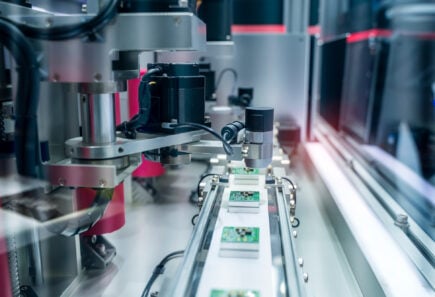
Deep dive: Cultivated meat cell culture media
Learn more about cell culture media used in cultivated meat production.

Learn more about cell culture media used in cultivated meat production.

GFI is exploring cassava leaf proteins with Dr. Ana Carla Kawazoe Sato at Brazil’s University of Campinas.

GFI grantee Dr. Marieke Bruins at Wageningen University in the Netherlands is valorizing agricultural side streams for alternative proteins.

GFI grantee Dr. Dionisio is researching cashew apples as a raw material for plant-based meat and solving scale-up challenges in the supply chain.

GFI grantee Dr. Mariana Petronela Hanga is researching culturing different cell types at the same time.

GFI grantee Dr. Girish Ganjyal at Washington State University is texturizing proteins and fiber to make better plant-based meat.

Learn about Dr. Dil Thavarajah’s work at Clemson University to breed organic pulse and cereal crops for improved protein biofortification.

Learn how GFI grantee Dr. David Julian McClements is developing an alternative to extrusion for producing plant-based meat at the University of Massachusetts.

Learn about Dr. Filiz Koksel’s work at the University of Manitoba to integrate sensors into plant-based meat extrusion.

Learn about Dr. Jian Li’s work at Beijing Technology and Business University to identify off flavors in pea protein and improve plant-based meat.